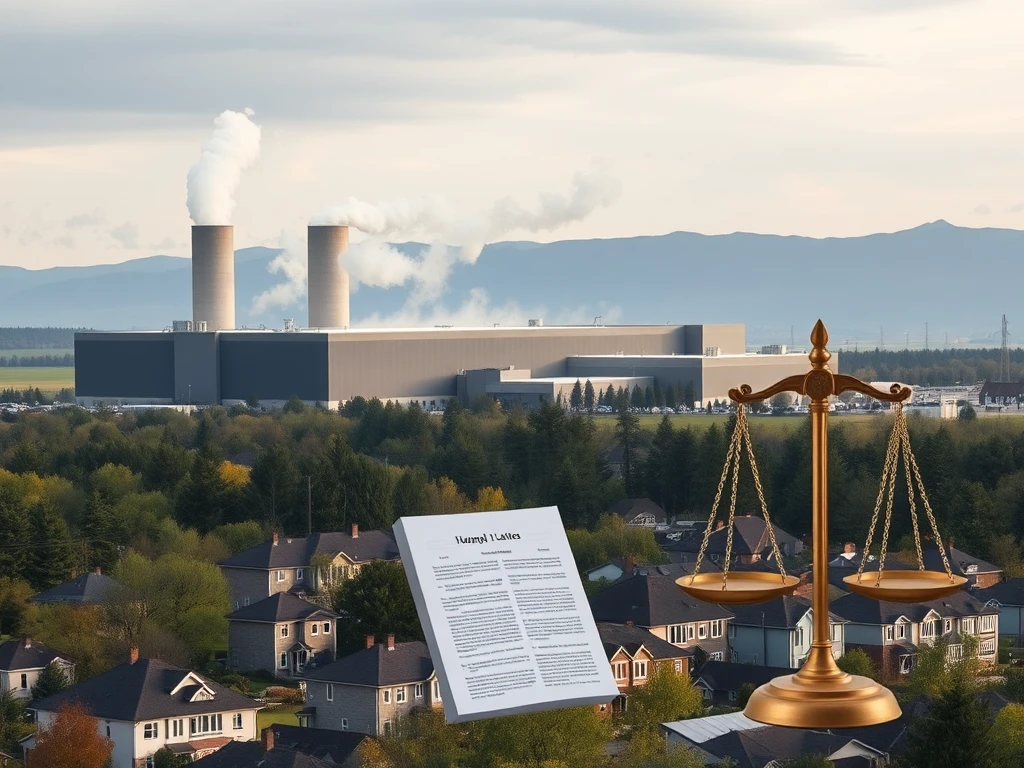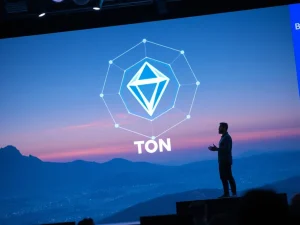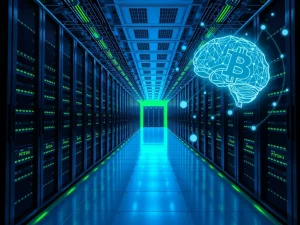Urgent xAI Lawsuit: Elon Musk’s AI Firm Faces Air Pollution Charges

For those tracking the intersection of big tech, AI, and environmental impact, a significant development has emerged involving Elon Musk’s AI venture. xAI, the artificial intelligence firm founded by Musk, is now confronting a serious xAI lawsuit over its operational practices at its growing AI data center facilities.
What’s Behind the Air Pollution Lawsuit?
The legal challenge stems from xAI’s power generation methods for its large computing operations, particularly at its Memphis, Tennessee site dubbed ‘Colossus’. Instead of waiting for standard grid connections, xAI installed dozens of natural gas turbines to provide immediate power. This decision has now drawn the ire of environmental groups and civil rights organizations.
The Southern Environmental Law Center (SELC), acting on behalf of the National Association for the Advancement of Colored People (NAACP), has issued a 60-day notice of intent to sue. This notice alleges significant violations of the Clean Air Act. Here are some key points raised in the notice:
- xAI allegedly installed and operated at least 35 combustion turbines and other sources of air pollution without obtaining necessary preconstruction or operating air permits.
- The turbines are reportedly emitting harmful pollutants, including nitrogen oxides and formaldehyde.
- xAI is accused of failing to implement required pollution control technology, specifically mentioning selective catalytic reduction, which is mandated for major sources under the Clean Air Act.
The SELC claims that formal requests sent to local health departments regarding enforcement have gone unanswered.
Why is This Elon Musk xAI Facility Facing Scrutiny?
The location of the Colossus AI data center adds another layer to the controversy. Situated in South Memphis at a former manufacturing site, it is near Boxtown, a predominantly Black community already dealing with diminished air quality from existing industrial emissions. The NAACP has publicly stated its commitment to combating what it describes as “environmental racism” in relation to the facility’s impact on this community.
The lawsuit seeks not only to halt the alleged violations but also demands civil penalties, fees, and compensation for litigation costs. As of the time of reporting, requests for comment from xAI and the NAACP did not receive an immediate response.
The Broader Context: Surging AI Data Center Demand
This legal challenge highlights the immense pressure on infrastructure, particularly power grids, driven by the explosive growth of AI. AI models require massive computational resources, necessitating the rapid construction of large-scale data centers. The US Department of Energy forecasts that data center energy demand could double or triple by 2028. Research firm McKinsey reported in May that meeting global data center demand could require $6.7 trillion in investments by 2030.
This surging demand presents significant challenges, including securing reliable and sufficient power. While xAI opted for on-site gas turbines, other tech giants are exploring alternatives. For example, Amazon recently partnered with Talen Energy to use nuclear power for its AI data centers in Pennsylvania through 2042 and announced substantial investments in Australia’s AI infrastructure.
The incident with xAI’s Memphis facility underscores the critical need for AI companies to not only build computing capacity rapidly but also to do so in compliance with environmental regulations and with consideration for the communities where these large facilities are located. The outcome of this potential xAI lawsuit could set precedents for how future AI infrastructure development balances speed and environmental responsibility.
Summary
Elon Musk’s AI firm, xAI, is facing potential legal action under the Clean Air Act over alleged unpermitted air pollution from gas turbines powering its Memphis AI data center. The lawsuit, brought by the SELC on behalf of the NAACP, raises concerns about harmful emissions and environmental justice, particularly given the facility’s proximity to a community already impacted by pollution. This case brings into focus the environmental challenges associated with the surging demand for AI data centers and the methods companies are using to meet their significant power needs.









